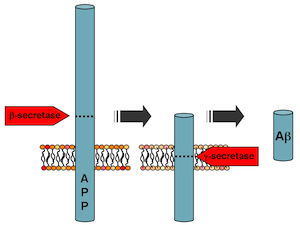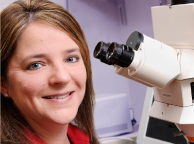Earlier this year, the FDA put limitations on some anti-diabetic drugs because of their cardiovascular risks. The prevalence of diabetes in the United States continues to increase and is now above 8 percent of the population, so the need for effective therapies remains strong.

Keqiang Ye, PhD
Pathologist Keqiang Ye and colleagues have a paper in the Journal of Biological Chemistry describing their identification of a compound that mimics the action of insulin. This could be the starting point for developing new anti-diabetes drugs.
The new research is an extension of the Ye laboratory’s work on TrkA and TrkB, which are important for the response of neurons to growth factors. Ye and Sung-Wuk Jang, a remarkably productive postdoc who is now an assistant professor at Korea University, developed an assay that allowed them to screen drug libraries for compounds that directly activate TrkA and TrkB. This led them to find a family of growth-factor-mimicking compounds that could treat conditions such as Parkinson’s disease, depression and stroke.
Since TrkA/B and the insulin receptor are basically the same kind of molecule — receptor tyrosine kinases– and use some of the same cellular circuitry, Ye and Jang’s assay could also be used with the insulin receptor. Kunyan He and Chi-Bun Chan are the first two authors on the new paper. They report that the compound DDN can make cells more sensitive to insulin and improve their ability to take up glucose. They show that DDN (5,8-diacetyloxy-2,3-dichloro-1,4- naphthoquinone) can lower blood sugar, both in standard laboratory mice and in obese mice that serve as a model for type II diabetes.
Ye reports that he and his colleagues are working with medicinal chemists to identify related compounds that may have improved efficacy and potency.
“I hope in the near future we may have something that could replace insulin for treating diabetes orally,†he says.















